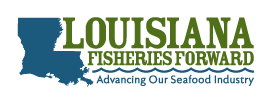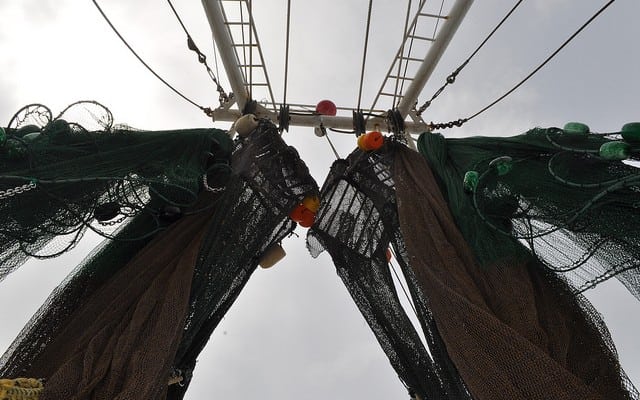Marine Safety Information Bulletin: Recent accidents within the commercial fishing industry’s trawling fleet highlight the need for extra attention to be paid to overhead rigging. Overhead rigging on trawling vessels includes the system of blocks, shackles, cables and ropes used in the hauling of nets and deployment of outriggers. An individual failure of any of these items could, and has, resulted in severe injury or death. To mitigate the potential hazard from rigging failures the following maintenance and inspection procedures are recommended.
- Blocks are responsible for four of five rigging fatalities. They should be inspected for signs of excessive wear regularly. Pay particular attention to locations that are not readily visible and are subject to repeated movement. Excessive play in sheaves, eye bolts, and hooks are signs that the block is ending its useful service life, is prone to failure and should be removed from service. Also, these areas should be lubricated periodically.
- Cables should be inspected for broken strands and excessive wear. Visually inspect for signs of abrasion, corrosion, and pitting.
- Shackles should be visually inspected for signs of excessive wear and deformation.
- Attachment points on the vessel should be inspected for excessive wear and cracks in the welds.
The goal is to replace these items prior to their failure. Using them until they fail, likely under load, is a recipe for disaster. Stainless steel is often used in fishing vessel rigging due to its corrosion resistance properties. However, stainless steel is a brittle metal and could fail under load, and is recommended to consider other types of steel for any overhead lifting applications. Additionally, fisherman working on deck should be reminded to never place themselves under a suspended load.
Additional information on fishing vessel safety can be found at http://fishsafewest.info/ and https://www.cdc.gov/niosh/topics/fishing/.
For comments, questions, concerns, or to schedule a free voluntary safety exam, contact Mr. George Rau at 985-397-3276.





